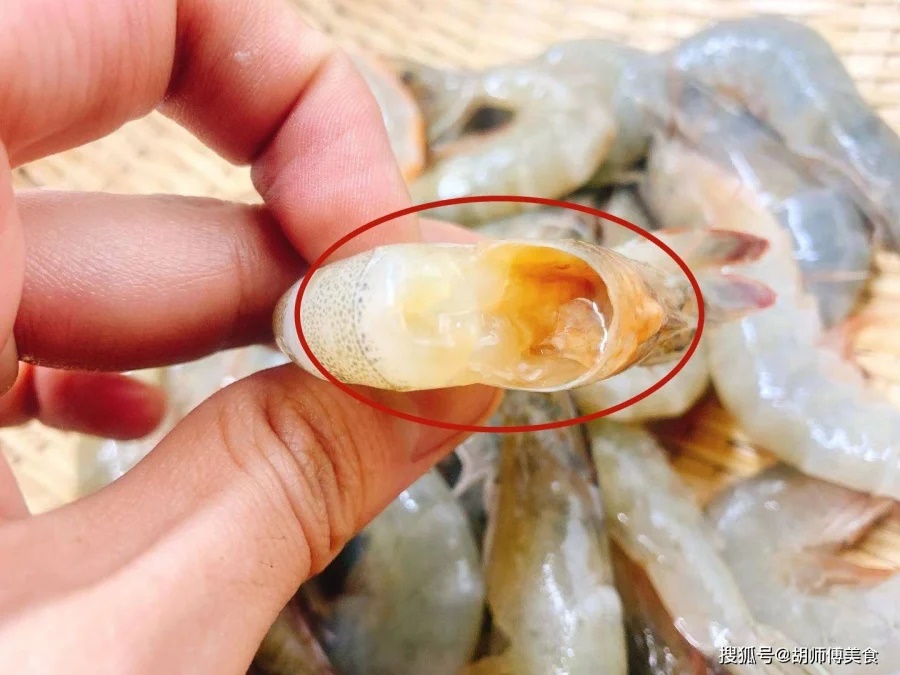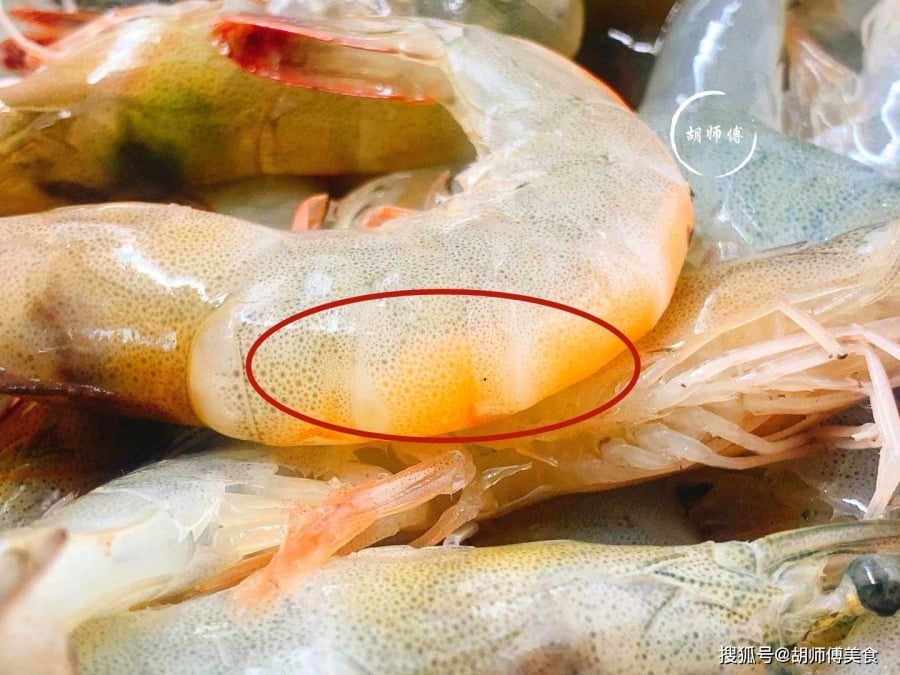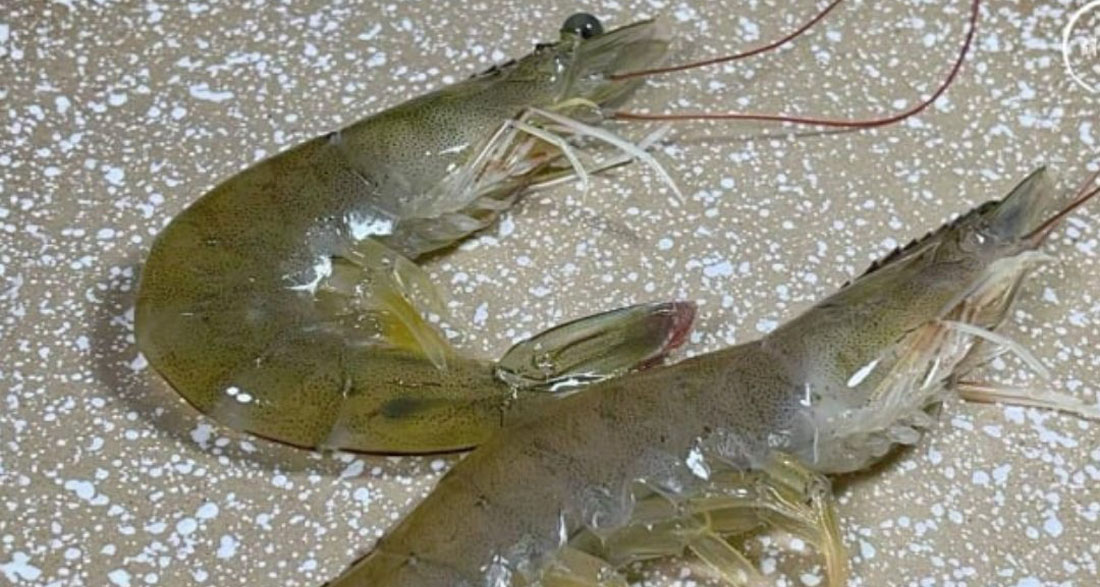Choosing the Right Shrimp: A Guide to Selecting Fresh Seafood
When visiting the market, many people face the important decision of whether to buy “straight shrimp” or “curved shrimp.” The choice may seem minor, but it carries significant implications that can profoundly affect the quality of your meal.
Surprisingly, not many shoppers are aware of these differences. If you lack knowledge in this area, it is all too easy to end up purchasing frozen shrimp. Unfortunately, frozen shrimp is typically of inferior quality, characterized by a tough, dry texture and an overpowering fishy odor.
“No matter how you prepare it, the flavor cannot be guaranteed,” one seafood expert explains. Thus, understanding how to select shrimp is crucial.

When navigating the aisles of a supermarket or strolling through an outdoor market, it is vital to prioritize buying curved shrimp. The shape of the shrimp provides crucial clues about its freshness. When shrimp die, their bodies become limp and lose their natural form.
Even if you twist these dead shrimp, they remain straight, indicating that they have not been recently harvested. Conversely, fresh shrimp naturally curve when exposed to cooler temperatures. This curling is a sign of quality, assuring buyers that the shrimp is likely fresh and has been properly handled.
While curvature is a crucial factor to consider, there are two additional points that shoppers should keep in mind to avoid purchasing shrimp that might have been stored for too long.
The first indicator of age is the presence of missing heads and tails. If you come across shrimp that lack either or both parts, it is a clear warning signal that they have been on the shelf for an extended period. As the shrimp heads begin to deteriorate, they become soft and unappetizing.
A shrimp that has gone bad will impart a fishy flavor, rendering your meal far from enjoyable.

The second point to watch for is the coloration of the shrimp shells. Occasionally, shrimp shells may turn pink due to exposure to high temperatures during transportation. This change in color usually indicates that the shrimp have begun to age.
The taste of such shrimp is likely diminished, as they may not retain their optimal flavor. Therefore, when on the lookout for the best shrimp, always prioritize those with clean, unblemished shells devoid of any discoloration.
In conclusion, making an informed decision when buying shrimp is essential for ensuring a delicious meal. By choosing curved shrimp and paying attention to the indicators of freshness, such as intact heads and clean shells, you can enhance your culinary experience.
What do you think about these tips? Share your thoughts in the comments below!

